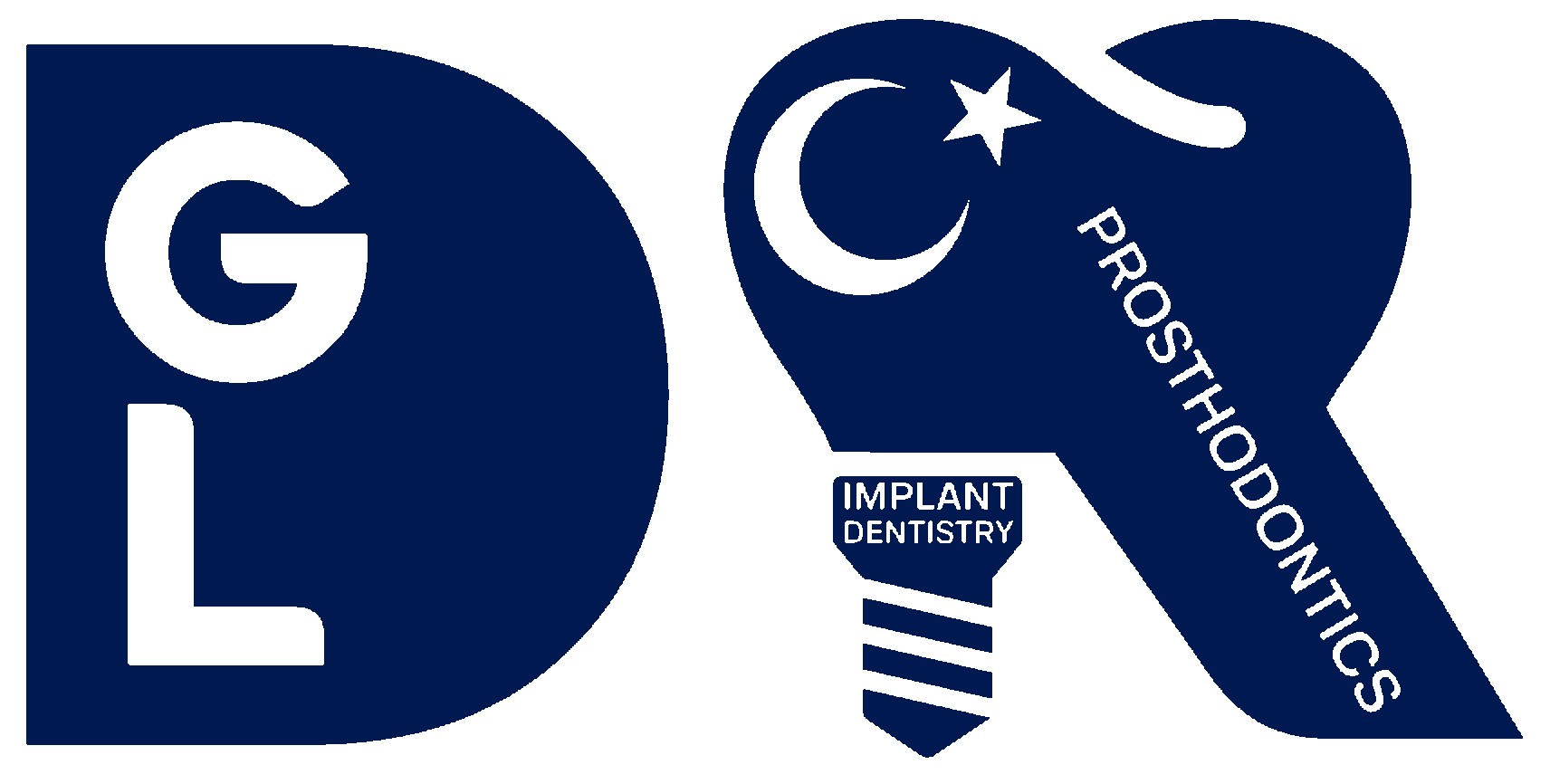In recent years, laser technology has transformed various fields, including dentistry. Laser-assisted dentistry offers numerous benefits, making dental procedures more efficient, comfortable, and precise. This article explores the applications of laser technology in dentistry, highlighting its advantages and potential impact on oral health care.
What is Laser Dentistry?
Laser dentistry involves the use of lasers to perform a variety of dental procedures. A laser is a device that emits a concentrated beam of light energy, which can be used to cut, shape, or remove tissue. In dentistry, lasers are used for both hard tissue (teeth) and soft tissue (gums) procedures.
Applications of Laser Dentistry
1. Cavity Detection and Treatment: Lasers can detect early signs of tooth decay by identifying changes in tooth structure. They are also used to remove decayed tissue precisely, reducing the need for traditional drilling and minimizing discomfort.
2. Gum Disease Treatment: Laser therapy is effective in treating periodontal disease. It helps remove bacteria and infected tissue from the gums, promoting healing and reducing inflammation.
3. Teeth Whitening: Laser-assisted teeth whitening is a popular cosmetic procedure. The laser activates a whitening gel applied to the teeth, speeding up the bleaching process and achieving brighter results in a shorter time.
4. Biopsy and Lesion Removal: Lasers can be used to perform biopsies or remove oral lesions with minimal bleeding and discomfort. This precision reduces the risk of infection and accelerates healing.
5. Root Canal Therapy: Lasers assist in cleaning and shaping the root canals, enhancing the effectiveness of the treatment and reducing the risk of post-procedure complications.
6. Tooth Sensitivity Treatment: Lasers can seal tubules on the tooth's root, reducing sensitivity to hot and cold stimuli.
7. Orthodontic Procedures: Lasers are used to reshape gum tissue and expose partially erupted teeth, facilitating orthodontic treatments.

Advantages of Laser Dentistry
- Minimized Pain and Discomfort: Laser procedures are often less painful than traditional methods, reducing the need for anesthesia.
- Reduced Bleeding and Swelling: The precision of lasers minimizes damage to surrounding tissues, leading to less bleeding and swelling.
- Faster Healing Times: Patients typically experience quicker recovery times due to the minimally invasive nature of laser treatments.
- Increased Precision and Accuracy: Lasers allow for more precise targeting of affected areas, preserving healthy tissue.
- Lower Risk of Infection: The sterilizing effect of lasers reduces the risk of bacterial infections during and after procedures.
Conclusion
Laser-assisted dentistry is revolutionizing the way dental care is delivered, offering patients a more comfortable and efficient experience. As technology continues to advance, the applications of lasers in dentistry are expected to expand, further enhancing the quality of oral health care. If you're considering laser dental treatments, consult with your dentist to understand the best options for your specific needs.











